12 Hypoallergenic Cats for People With Allergies

What are Hypoallergenic cats breeds?
Hypoallergenic cats are breeds that are known to produce fewer allergens than other cats. While no cat is completely allergen-free, hypoallergenic cats typically produce less of the Fel d 1 protein, which is the primary allergen in cats’ saliva and skin secretions. Breeds like the Siberian, Balinese, and Russian Blue are often recommended for individuals with mild to moderate allergies because they naturally produce fewer allergens. These breeds may be a better choice for allergy sufferers who still wish to own a cat.

For allergy sufferers who love animals, the quest for a suitable pet can often feel daunting. hypoallergenic cat breeds, which produce fewer allergens than typical cats, offer a viable solution. This article explores various breeds that might hold the key to a sniffle-free life with a feline friend.
12 ‘Hypoallergenic’ Cats
1. Sphynx
The Sphynx is renowned for its lack of fur, which dramatically reduces the spread of allergens. This hairlessness means they leave behind less dander, the most common cause of cat allergies. However, they do produce oil, which requires regular cleaning to prevent buildup and maintain healthy skin.

2. Russian Blue
Known for their shimmering blue coat and striking green eyes, the Russian Blue produces less Fel d 1, the primary allergen found in cats. Their dense coat also helps trap allergens close to their skin, preventing them from becoming airborne.
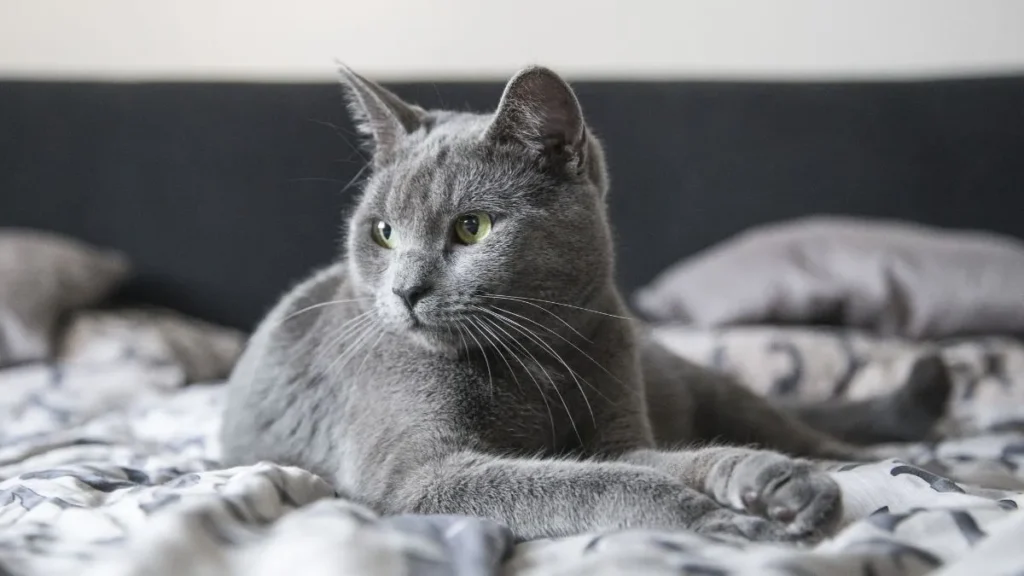
3. Bengal
Bengals are celebrated not only for their exotic appearance and dynamic personality but also for their low-maintenance coats. These cats shed significantly less than other breeds, reducing the spread of allergens in their environment.

4. Balinese
Often mistaken for their Siamese cousins, Balinese cats boast a luxurious long coat yet produce lower levels of Fel d 1. This makes them a potential choice for people with mild cat allergies who are not affected by hair length.

5. Oriental Shorthair
The sleek and elegant Oriental Shorthair requires minimal grooming thanks to their short, fine coat. This simplicity helps limit the amount of dander and airborne allergens they produce.
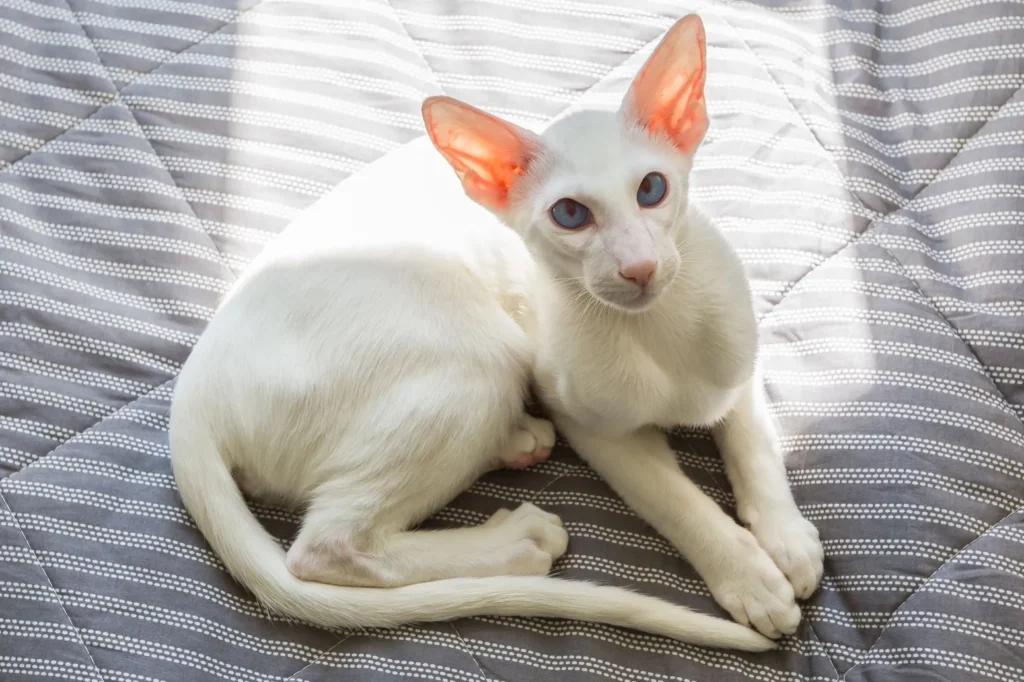
6. Siberian
Despite their lush, thick coats, Siberians have gained attention for producing less Fel d 1 protein, making them a surprising candidate for allergy sufferers. Their robust health and friendly nature make them excellent pets.
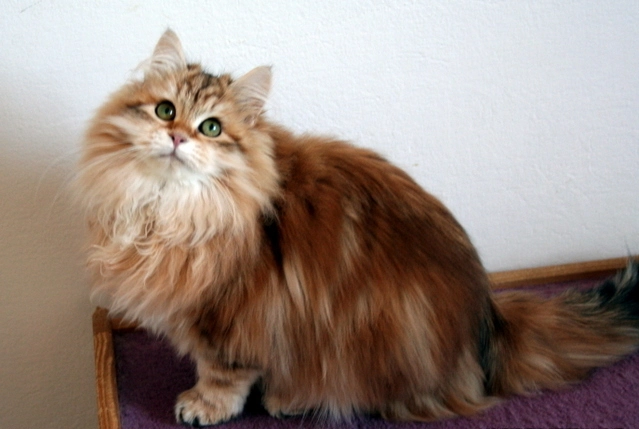
7. Devon Rex
With less hair than the average cat, the Devon Rex also sheds very little. This trait, combined with their need for less frequent grooming, makes them ideal for reducing potential allergens.
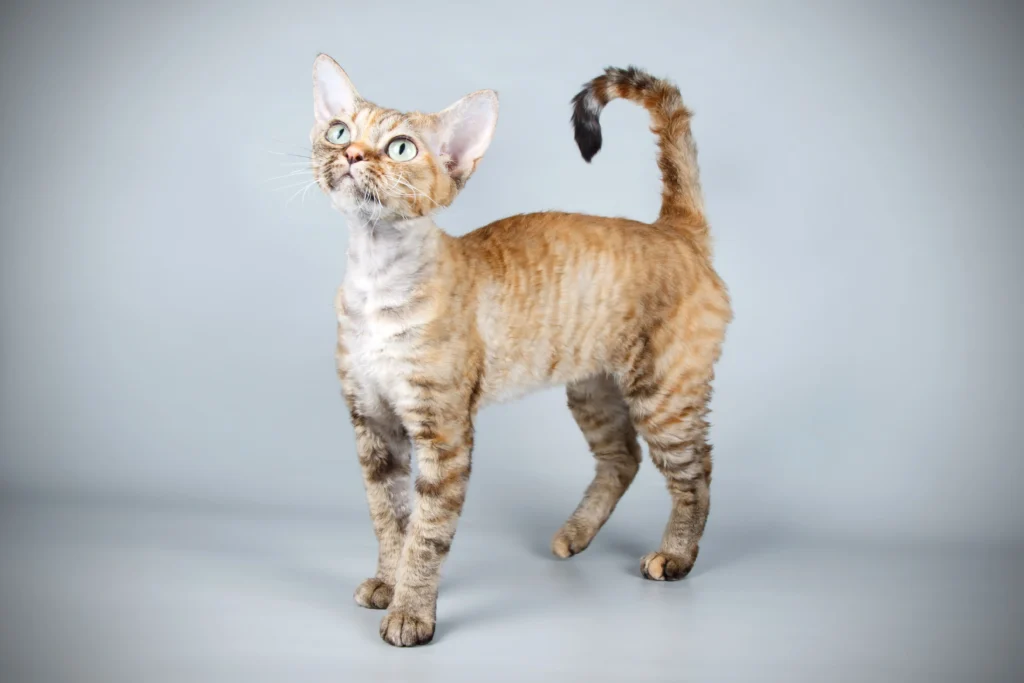
8. Cornish Rex
The Cornish Rex features an even lighter coat than the Devon Rex, possessing only a fine undercoat. This breed is well-suited for those looking to minimize allergen exposure in the home.
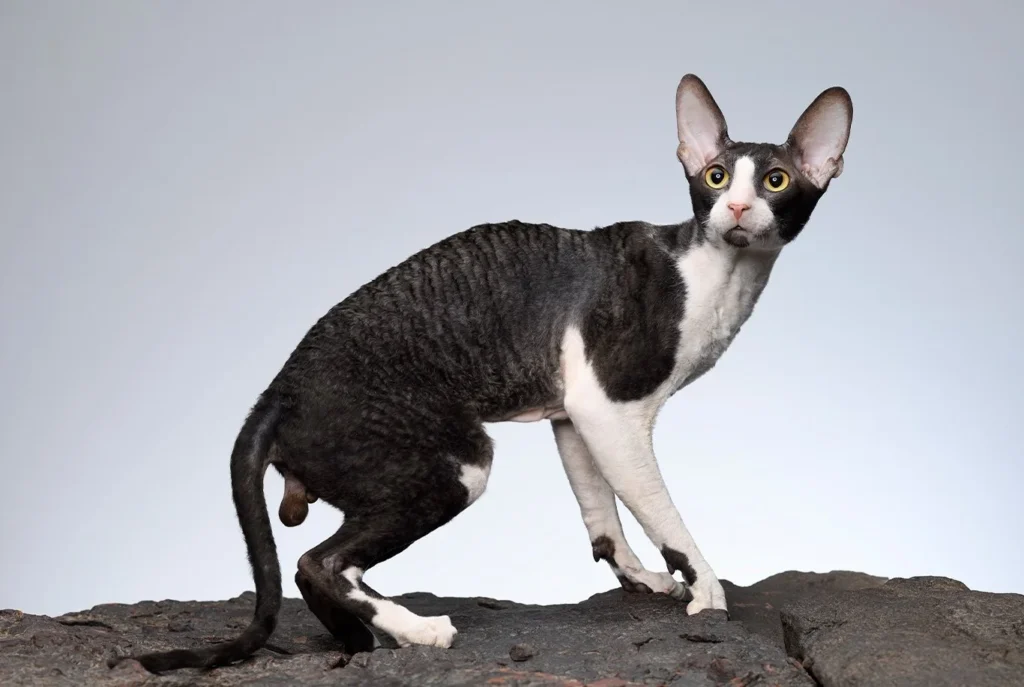
9. LaPerm
LaPerm cats have a unique curly coat that traps dander and allergens, preventing them from dispersing into the air. Regular grooming can help manage these trapped particles effectively.
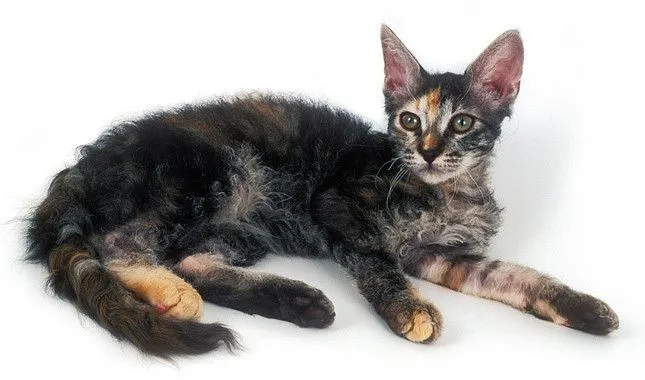
10. Javanese
Like the Balinese, the Javanese features a medium-long single layer coat that naturally produces less Fel d 1. This breed offers an alternative for those who appreciate the aesthetics of a longer coat without the usual allergen concerns.

11. Colorpoint Shorthair
Sharing the body type and coat characteristics of the Siamese, the Colorpoint Shorthair also benefits from producing fewer allergens. Their striking appearance and lower allergen levels make them a popular choice.

12. Siamese
The Siamese cat, one of the most recognizable and beloved of all cat breeds, is known not only for its unique vocal personality and striking appearance but also for its short fur that naturally produces fewer allergens.

Tips for Adopting a Hypoallergenic Cat
Adopting a hypoallergenic cat can be a joyful experience, especially for those with allergies to pets. Here are some tips to help you find the right hypoallergenic cat and ensure a smooth adoption process:
1. Research Hypoallergenic Breeds
Start by researching breeds that are known for being hypoallergenic. Some popular options include the Sphynx, Russian Blue, Siberian, and Balinese. Each breed has different characteristics and care requirements, so it’s important to choose one that matches your lifestyle and allergy sensitivity.
2. Visit Shelters and Rescues
Many shelters and rescues occasionally have hypoallergenic cats available for adoption. Visiting local shelters allows you to meet different cats and see how you react to them allergically. It also gives you a chance to support local animal welfare organizations.
3. Spend Time with the Cat Before Adoption
Before making a decision, spend some time with the cat to see how you react. Even hypoallergenic cats can trigger allergies for some people, so it’s crucial to ensure that the cat you’re interested in is a good fit for your health.
4. Consult a Breeder
If you prefer a specific breed, consult reputable breeders who specialize in hypoallergenic cats. Reputable breeders will provide health clearances and allow you to visit and spend time with their cats before making a decision.
5. Check for Health Issues
Hypoallergenic cats, like all pets, can have health issues. Request a full medical history and consider a veterinary check-up before adoption to ensure the cat is healthy.
6. Prepare Your Home
Before bringing your new cat home, prepare your space to minimize allergens:
- Clean thoroughly: Vacuum and dust to remove existing allergens.
- Set up an allergen-free zone: Designate certain areas, like bedrooms, as cat-free zones to give allergy sufferers a break.
- Invest in an air purifier: A good air purifier can help remove pet dander and other allergens from the air.
7. Plan for Grooming and Care
Regular grooming can help reduce the amount of dander a cat spreads around your home. Brush your cat regularly and bathe them if the breed requires it. For breeds like the Sphynx, regular bathing is necessary to manage skin oils.
8. Allergy Treatments
If you have mild allergies, talk to your doctor about allergy treatments that can help you live comfortably with cats. This might include medications or allergen immunotherapy.
9. Observe and Adapt
After adopting a hypoallergenic cat, observe how your allergies respond over the first few weeks. Sometimes, it takes time for your body to adjust. Be prepared to make changes in your home or care routine to better accommodate your new pet and your health needs.
Conclusion
Choosing a hypoallergenic cat can significantly improve the lives of those with allergies. While no cat can be considered completely allergen-free, the breeds listed above offer options that might be manageable for people with mild to moderate allergies. As always, spend time with a cat before adopting to ensure your allergies remain in check. Regular cleaning, air purification, and appropriate pet grooming can further help in creating a comfortable environment for both the pet and their owners.







